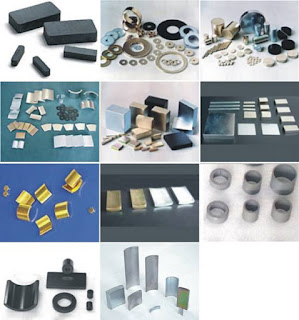From an electro-permanent, electromagnet, or static magnet, magnetic material MagneticChuck uses the magnetism to realize holding or chucking action. As an alternate to mechanically-holding workpieces, magnets have increased in popularity for holding and machining in recent years. Generally, machine shops increase access to all or any sides of the workpiece and are magnets to reduce setup time. For work holding in surface grinding applications, they’re a valuable tool.
There are many advantages to using magnetic chucks. There’s no variation in how loosely or tightly the workpiece is held is ensured by consistent clamping pressure; by securing its center area, full support of the workpiece surface decreases cycle time. Magnetic chucks have shorter setup and takedown times because the workpiece is often placed right the magnetic plate, and vices are often secured using the magnet.
With small workpieces, Magnetic chucks make dealing and centering harder because they lack sufficient area. Vises can hold smaller parts also as non-ferrous materials, however, and easily placing several vises on a magnetic chuck and pushing a button to secure all the vises directly may be a time-saver.
Operation
Magnetic chucks or Magnetic Welding Holders use magnetism to carry a workpiece in situ while it's being worked on. By inducing polarity into the ferrous work material, the magnets work connecting across its south and north poles. When a workpiece is placed across the poles of the magnet, the flux flows into it.
The ferrous components have poles that are opposite the polarity of the magnet in order that they attract one another. To applying magnets, controlling and amplifying this flux is the key during a metalworking operation.
Closing the gap between the workpiece and therefore the magnet increases the attraction or "pull" of the magnet. Smooth-surfaced workpieces are more tightly held than rough-surfaced. The strength of the magnetism may be a function of what proportion of magnetic flux is often induced into the workpiece.
Permanent magnetic chucks are manufactured from magnetized materials and exhibit a continuing magnetic flux without having to introduce an electrical current. Because these materials are highly magnetized materials, they are doing not lose their magnetism.



